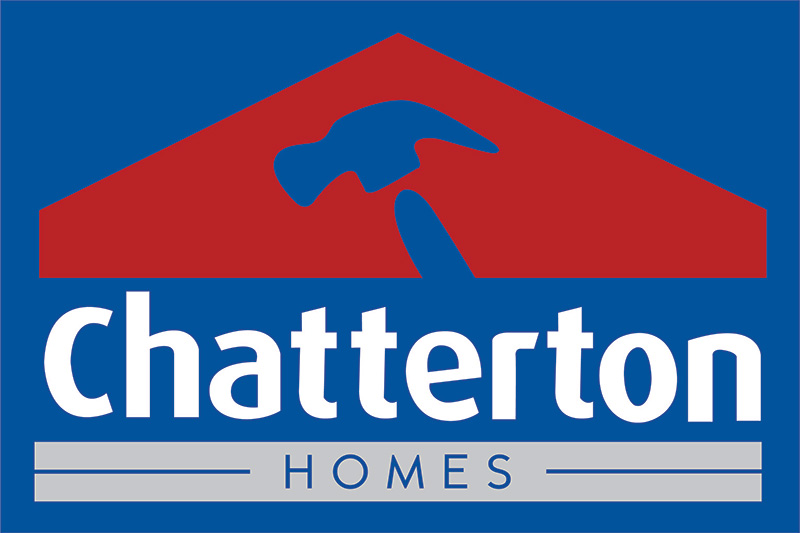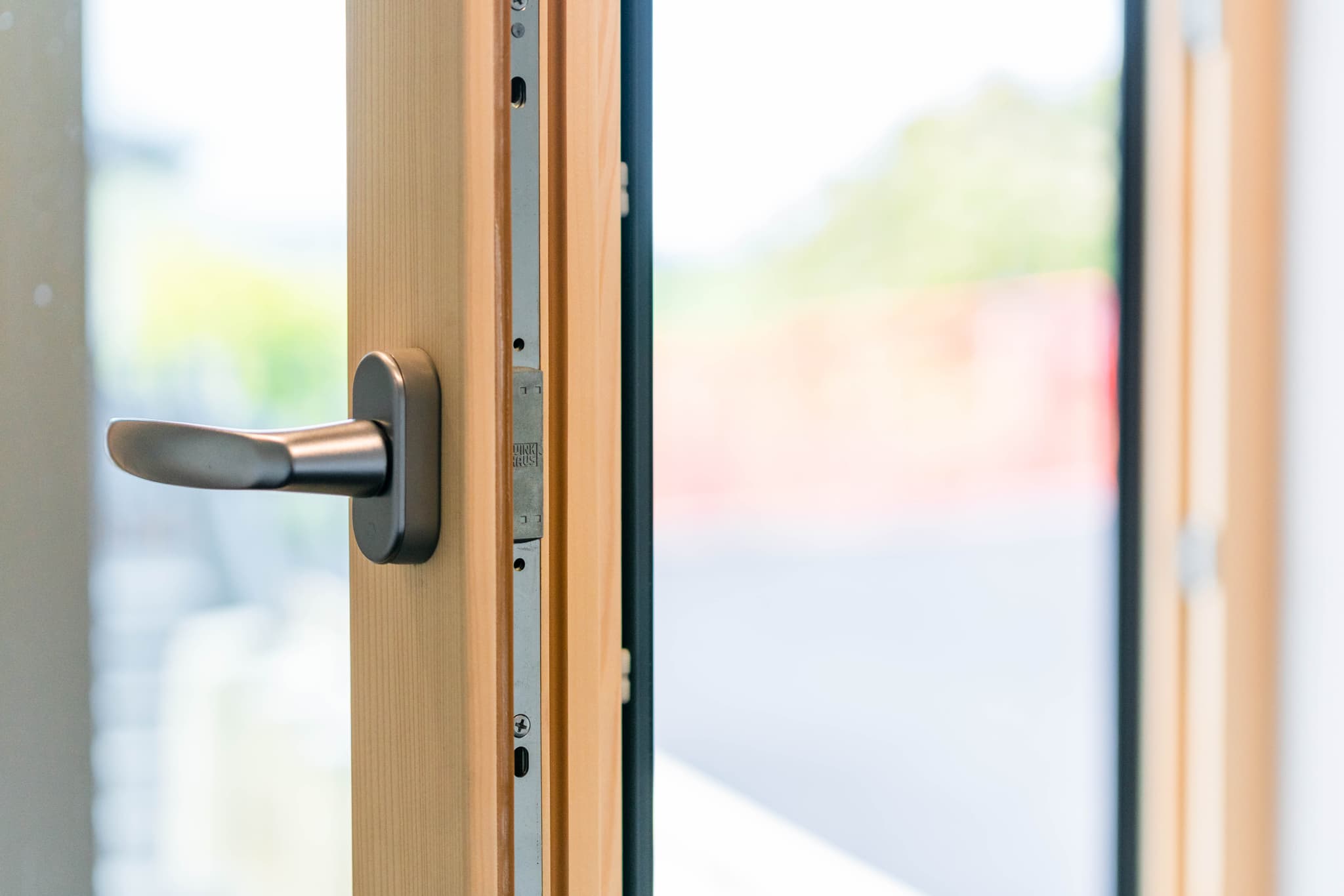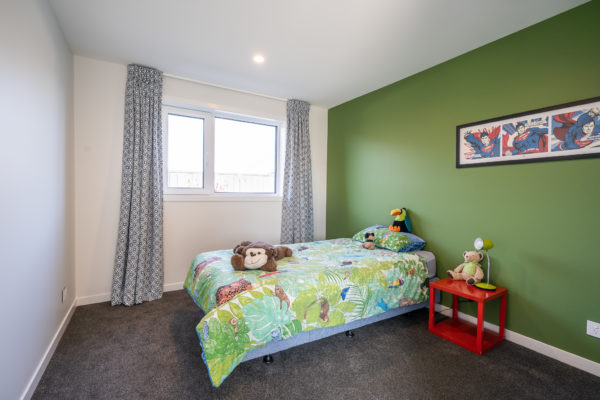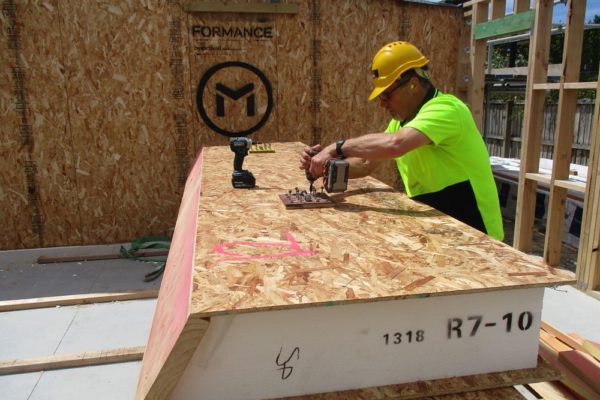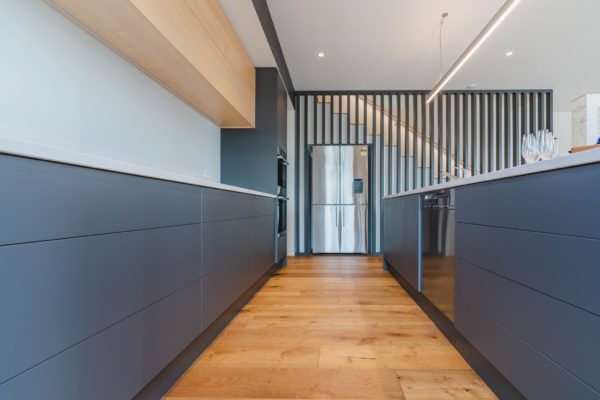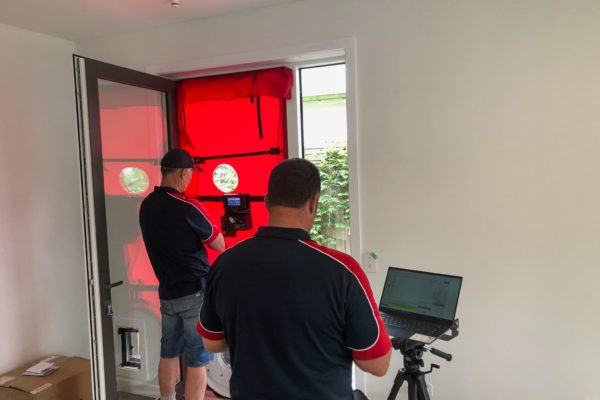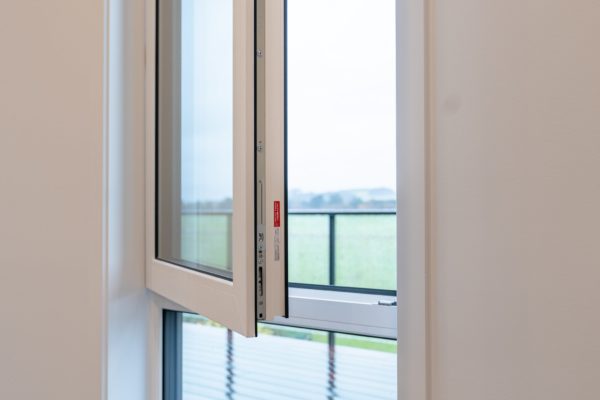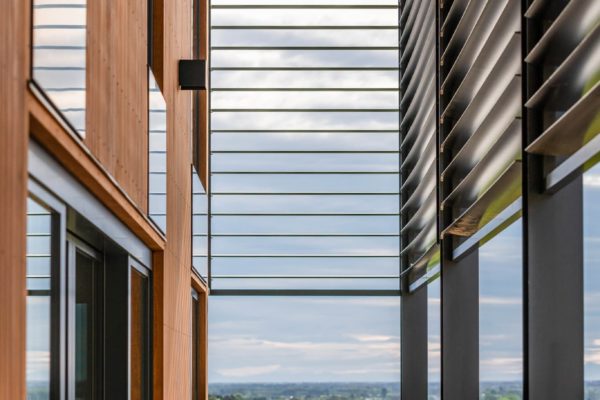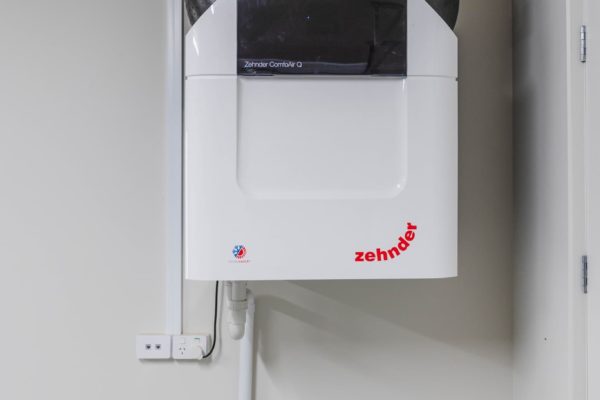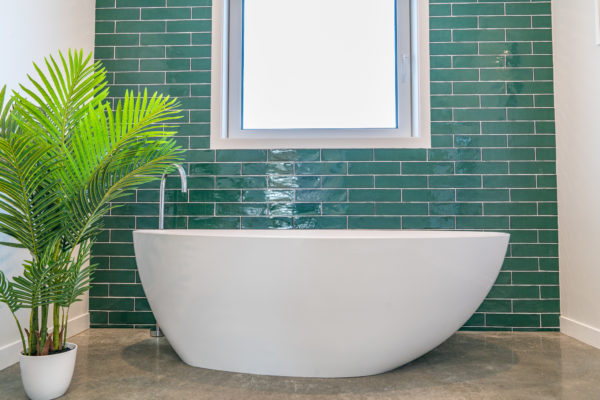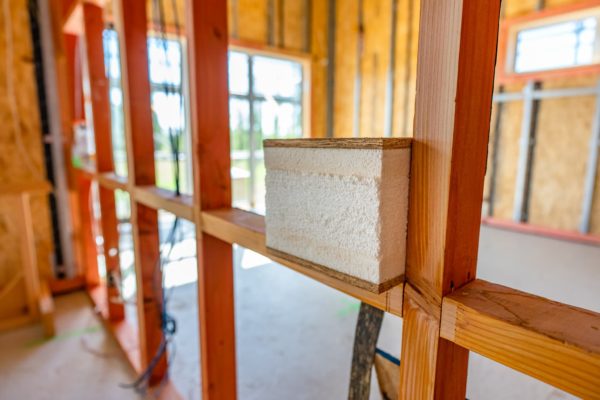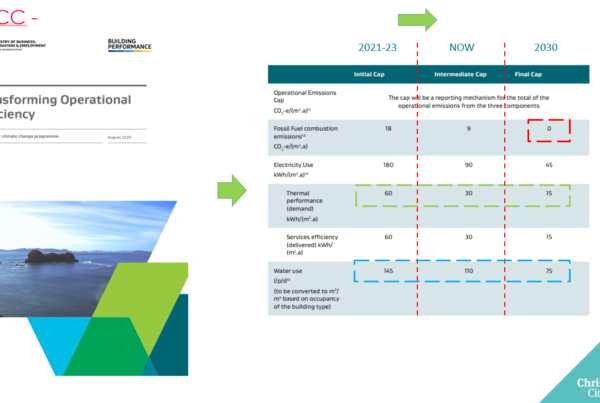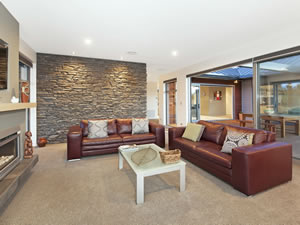It is very difficult to concisely describe the benefits of ‘something’ when there are so many great things about it.
The audience is effectively limited by the need to headline one factor that we think will attract the most interest, but what about all the other benefits or factors that may be important to other people but can’t fit into a neat succinct headline or introduction? This is the problem with Passive House.
The Passive House Portrayal
Passive Homes appear to be portrayed primarily by the fact they save on energy bills. A recent headline in the Waikato Times read ‘Why these homes are not like the others: Pay a premium but save on energy bills with passive homes’. This is a common theme and arguably picks up on topical concerns such as rising power costs and the cost-of-living crisis. However, it misses a much bigger picture, also one of media interest, that of healthy homes and general wellbeing.
It is a good article and will undoubtedly attract new interest – It’s just that every time I read a headline about passive house saving on power costs, I feel the need to shout out that there is just so much more to it, but, at the same time admit that it is extremely hard to encapsulate all the benefits in one headline.
Comfort and well-being try hard to compete with economic arguments. At a higher level, we all want to be healthy. To be comfortable in your own home should also be a realistic expectation. However, our societal focus on the short term has made the cost and energy savings argument the go-to strategy. It is not a bad focus; it just misses the bigger picture.
Where Do You See Value?
There is a different way to view this, where saving costs is a by-product of comfort and well-being.
It’s the same, same, but different. It’s understanding that what you really want is a healthy and comfortable place to live, but that this can be achieved with that other headline-grabbing benefit, that of saving on energy costs. If you take that one step further, less energy use is also good sustainability practice.
A passive house is not simply about saving on power bills. If you are looking at building passive wholly to save on power costs, the premium you pay upfront may take years to pay off with your power savings, depending on what you build.
However, if your aim is a truly healthy, comfortable indoor living environment, and you also appreciate the added value of the environmental benefits, the superior quality required, the potential for additional capital value, as well as saving on power costs, then the time it takes to recoup the additional build costs becomes less relevant. The benefits and the value you place on health, comfort, quality, and sustainability outweigh the energy savings alone.
Once a passive home is finished you immediately reap the rewards of a dry, healthy, warm home with more even temperatures throughout. You get to enjoy every room of the house year-round with little manual temperature control. Humidity is managed to improve the health of the occupants and the home itself, as there is no mould or condensation. Even the air quality is superior as most allergens are removed, making this the number one choice for those with allergies and respiratory conditions. What value should we place on these?
It is no surprise that passive homes are commonplace in Europe and the States, with internationally Certified passive homes now the minimum code in some areas.
The argument, in New Zealand, for more government investment in social housing with such principles in mind, means that despite the larger investment up front, the savings on healthcare, social welfare, maintenance costs, and contribution to the country’s sustainable practices would provide HUGE savings in other areas, much larger than any initial investment and lasting many, many years.
It is time we looked beyond the short-term monetary value to the true extent of longer-term values. A headline deserves credit for piquing interest, but it is just the start of a journey of discovery and understanding.
If you would like to find out more about the range of benefits offered by applying passive house principles to your build, check out our detailed website or feel free to contact us.
